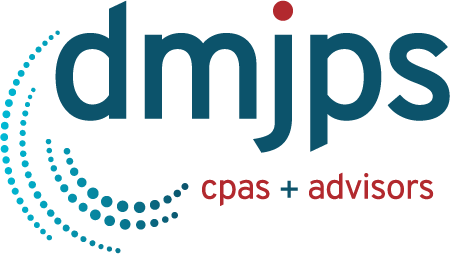
What Are Gifts-in-Kind?
In addition to cash contributions, many nonprofit organizations receive contributed nonfinancial assets, commonly known as gifts-in-kind. Both can help nonprofits support their operations and achieve their mission. Typical gifts-in-kind may include:
- Tangible goods and property such as household goods, furniture, medical supplies, pharmaceuticals, food, computer hardware, and software
- Intangible property, such as copyrights, patents, and securities
- Items donated for use as fundraising or auction prizes
- Land, buildings, vehicles, and equipment
- Professional and administrative services, including legal services, accounting services, consulting services, web design, social media services, and videography services
Improving Transparency
Subtopic 958-605, Not-for-Profit Entities—Revenue Recognition includes specific requirements for the recognition and initial measurement of contributions and related disclosure requirements. However, it does not include guidance on specific presentation requirements or disclosure of gifts-in-kind beyond contributed services. ASU 2020-07 closes this gap and improves the transparency of gifts-in-kind for financial reporting and disclosures by nonprofits.
The amended guidance requires nonprofits to list contributed nonfinancial assets as a separate line item in the statement of activities, distinct from contributions of cash and other financial assets, and in footnotes to its financial statements.
The standard also requires expanded disclosures about the valuation of gifts-in-kind and how they are being used by the nonprofit in its programs, fundraising, and other activities. For each type of gift-in-kind, these include:
- Qualitative information about whether the contributed gifts-in-kind were either monetized or utilized during the reporting period and if used, a description of the programs or activities in which those assets were used
- The nonprofit’s policy (if available) on monetizing rather than using gifts-in-kind
- A description of the valuation techniques and inputs used to arrive at a fair value measure in accordance with Topic 820, Fair Value Measurement, at initial recognition
- The principal market (or most advantageous market) used to determine a fair value measure if it is a market in which the recipient nonprofit is prohibited by a donor-imposed restriction from selling or using the gifts-in-kind
Effective Dates
The changes required by ASU 2020-07 are effective for annual periods beginning after June 15, 2021, and interim periods within annual reporting periods beginning after June 15, 2021. The amendments should be applied retrospectively. Early adoption of the revised standard is permitted.
Benefits and Further Guidance
Although the updated standard will require more work on the part of a nonprofit, there are benefits. Donors will be able to review more detailed information on the nonprofit’s financial statements about the organization’s gifts-in-kind and how they are used or monetized. The enhanced disclosures also can allay concerns about how an organization values the gifts-in-kind it receives.
At its semi-annual meeting in September, FASB’s Not-for-Profit Advisory Committee recommended issuing publicity and educational materials to help nonprofits understand and accept the new reporting and disclosure requirements for gifts-in-kind. Look for FASB to provide educational material, virtual roundtables, or webinars on this topic in the coming months.
Please contact DMJPS, if you would like to discuss the above FASB’s guidance or need assistance in implementing the guidance.

